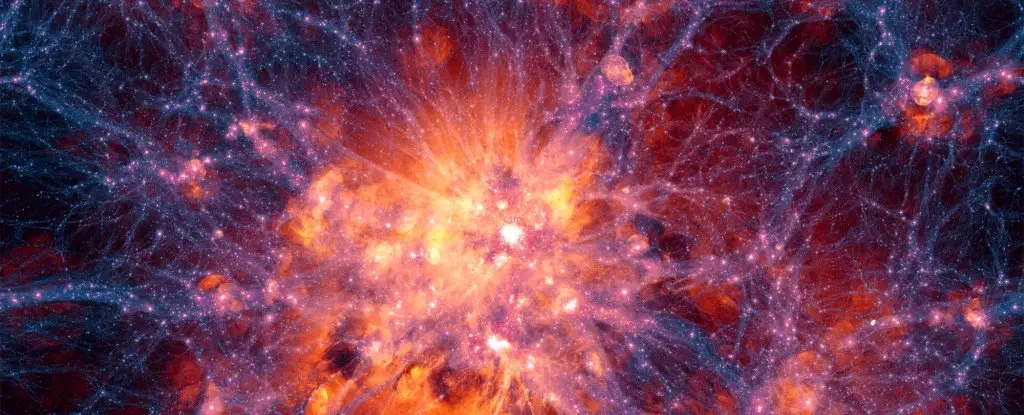Dark matter is one of the most profound mysteries of modern astrophysics. Though it constitutes about 85% of the universe’s total mass, its existence remains largely theoretical. Unlike ordinary matter, dark matter does not emit, absorb, or reflect light, making it incredibly elusive. Scientists have inferred its presence primarily from gravitational effects, such as the rotational speeds of galaxies and gravitational lensing. The gap between what we can see and the gravitational effects we observe raises key questions: What is dark matter? What are its properties?
Researchers worldwide are racing to find answers, and at the forefront of this initiative is a groundbreaking experiment being developed at the University of Southampton, UK. The innovative approach focuses on levitating sheets of graphite in microgravity, with the hope that they may yield clues about dark matter’s nature. Physicist Tim Fuchs of the University of Southampton articulates the challenge succinctly: “Dark matter remains one of the fundamental questions scientists are still trying to answer—it dictates the structure of our Universe but is still undetectable.”
Traditional dark matter detection experiments, usually conducted underground or in specialized laboratories, have faced significant limitations. While numerous theories exist regarding what dark matter might be, none have successfully confirmed its presence. The prevailing thought is that large amounts of dark matter interact so weakly with regular matter that many Earth-based experiments fail to recognize it, leading to a frustrating cycle of negative results.
Observations from the cosmos suggest that dark matter exceeds normal baryonic matter by a ratio of roughly six to one. For instance, galaxies rotate at speeds that cannot be accounted for by the visible matter contained within them. This ‘missing mass’ problem has propelled scientists to seek alternative detection methods. Fuchs notes, “There are theories that say the dark matter interaction rate may actually be so high that it cannot penetrate our atmosphere or the mountains under which detectors have been built.” This critical insight suggests that the more we delve into Earth, the further we may stray from the dark matter we strive to observe.
Enter the Jovian-1 mission, an innovative satellite experiment set to be launched in early 2026. Unlike existing techniques, Jovian-1 aims to explore the celestial landscape for possible interactions between dark matter and graphite sheets suspended in a zero-gravity environment. This experimental method is unprecedented in its design. Fuchs shares, “If there is a sufficiently high density of dark matter, a dark ‘wind’ will softly push our levitated particles by an amount we can measure—detecting it for the first time ever.”
The Jovian-1 satellite, roughly the size of a shoebox, will carry a suite of experiments designed by a collaborative effort from various UK universities. The microgravity environment enhances sensitivity to minuscule forces, making it well-suited for this innovative endeavor. Researchers believe that by concentrating on minute interactions, they may ultimately record evidence of dark matter.
The implications of the Jovian-1 experiment could be monumental. Although results may not surface immediately, the data collected will refine existing theoretical frameworks about dark matter. Even in the absence of direct detection, the experiment can augment our understanding of fundamental physical laws. Insights gleaned could corroborate or refute long-standing hypotheses about dark matter’s properties, shaping the next epochs of cosmic exploration.
Moreover, the collaboration among students and researchers from various institutions is fostered by shared goals that transcend traditional academic boundaries. Conducting collaborative experiments in space not only presents unique physical challenges but also fosters innovation, allowing young scientists to contribute to significant discoveries in fundamental physics.
As we approach the launch of the Jovian-1 satellite and its ambitious experiments in microgravity, excitement and anticipation swell within the scientific community. The search for dark matter symbolizes the relentless quest for knowledge that propels science forward. By harnessing the characteristics of zero gravity and innovative technology, researchers at the University of Southampton are spearheading a potential breakthrough in our understanding of the universe. With each passing day, they inch closer to solving one of the universe’s most intriguing mysteries: the nature of dark matter.


Leave a Reply